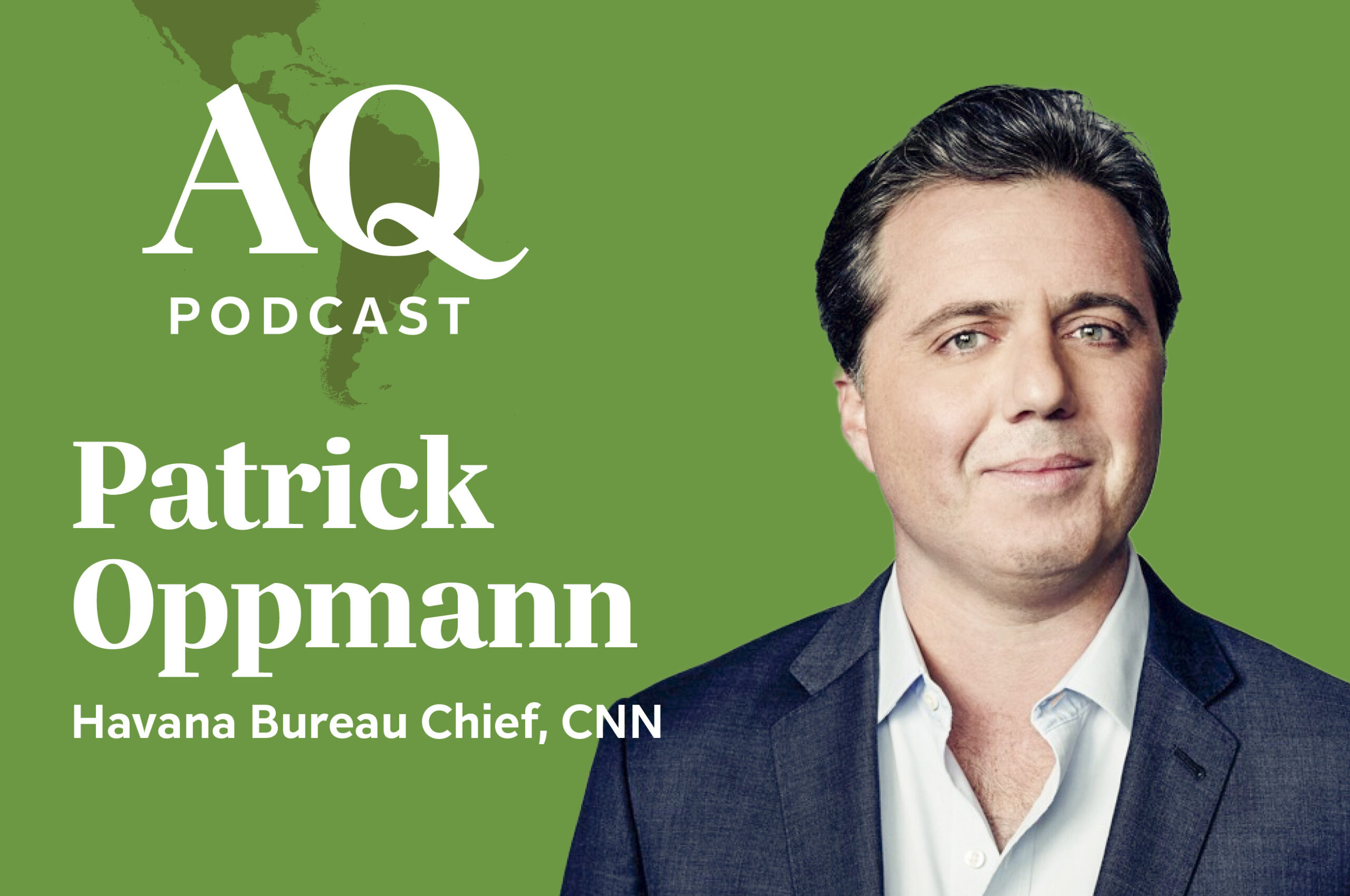Rethinking Panama
Rethinking Panama
With trade a hard sell in Washington these days, it's time for the White House to actively support a free trade agreement with Panama, argues COA's Eric Farnsworth in Poder. The election of businessman Ricardo Martinelli as Panama's new president demonstrates the country's commitment to global commerce as a means to economic growth.
Score one for pragmatism over ideology in the ongoing fight for the soul of Latin America.
On May 3, Panamanians elected a new president, businessman Ricardo Martinelli, by a wide margin over his closest rival, Balbina Herrera, a former housing minister linked to Manuel Noriega and, more recently, shady campaign donors. The Panamanian people, tired of exploding crime and an imploding economy, turned to a candidate outside the two major political parties who promised to use his business acumen to restore Panama’s recent fortunes.
It will be a tall, but not impossible task.
First, the good news. Martinelli has made a fortune in supermarkets but he’s no stranger to politics nor to management of Panama’s crown jewel, the canal. As former Minister for Canal Affairs and also Chairman of the body that oversees the canal, Martinelli has moved seamlessly among virtually all parties in Panama, and with the international community as well, particularly the United States. He understands Panama’s geography as a crossroads and rightful place in the global economy, and has been an instrumental voice in the massive canal expansion project that, once completed, will allow Panama to compete for an ever larger share of global commerce that currently avoids the canal because it cannot handle the largest cargo loads.
On the political side, Martinelli’s victory represents a cry by Panamanians for practical solutions to daily concerns. Panama is not Nicaragua, Ecuador, or Bolivia—and Panamanians know their future lies with active participation in global commerce, rather than ideological hook-ups with anti-U.S. populists.
But now, the President-elect must deliver. In addition to spiking street crime and corruption, which the new Panamanian administration must quickly get under control, perhaps with increased Merida program assistance from the United States, Panama has been buffeted by the global economic recession. Explosive recent growth of around 9 percent annually has been cut by two thirds, and the pace of recovery is uncertain.
In the first instance, Martinelli will seek to restore growth. He has pledged to go forward with the canal expansion project as a means to juice Panama’s economy and position the country for the future. That’s the right move. At the same time, he has said that the signing and implementation of the FTA negotiated with the United States will be his top priority.
Under normal circumstances, conclusion of the trade agreement should be a slam dunk in Washington. It’s non-controversial to all but the most ardent anti-traders. It would link a small, services-based economy to the world’s largest economy, hardly a threat to U.S. economic standing. Along with the pending U.S.-Colombia FTA, it would bridge the gap of free trade from Central to South America. And it would be the next logical step to build a bilateral relationship that has mirrored the historical arc of U.S. relations with Latin America generally: from gunboat diplomacy at the birth of the nation to questions of sovereignty, dictatorship, drugs, and finally partnership building commerce and mutual respect.
But we are not living under normal circumstances. Arguably, both Panama and the United States made a significant tactical mistake by leaving Panama out of the original DR-CAFTA and seeking to do a stand-alone bilateral agreement. Such a move was always risky, but concerns were brushed aside. In the meantime, the makeup of the U.S. Congress changed significantly. As more trade skeptics were elected, the opponents of trade continued their relentless a lacks without an effective countervailing push-back from the business and policy communities, and the global economy tanked.
The Obama Administration has now suggested it wants to move forward with the Panama FTA sooner rather than later, but the lack of a defined timetable is troubling, particularly now that its U.S.-based critics are urging that Panama be included in the Administration’s announced push to close down foreign tax havens. If it weren’t this, it would be something else; the bottom line is that Washington these days is a hard place to be for trade, and unless the White House actively gets behind the agreement, the US-Panama FTA won’t move. But with everything else on the Administration’s plate in the current moment, that’s a tough political call to make, particularly since the Summit of the Americas is now out of the way and there are few other action-forcing events on the horizon beyond the 20th anniversary of Operation Just Cause, on December 20.
Like outgoing President Martin Torrijos, President-elect Martinelli sees the FTA as an anchor of Panama’s long-term economic health, an investment promoter and job creator that will help build out Panama’s economy to take full advantage of its strategic position. Together, once the global economy recovers, canal expansion and the bilateral trade agreement will give Panama a compelling competitive advantage. But we have to get there first.
This piece was originally published in PODER.








